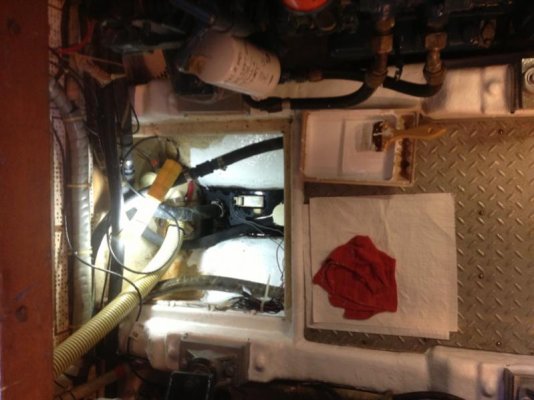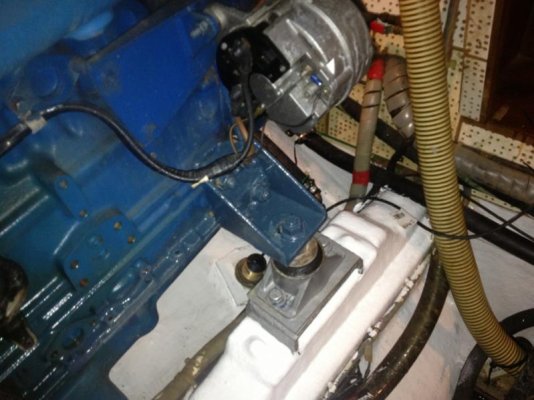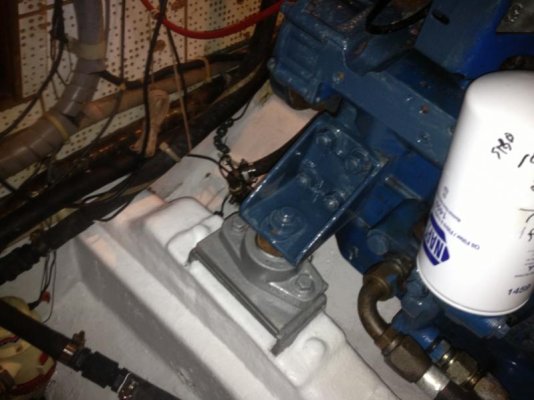CPseudonym
Moderator Emeritus
Decided painting the bilge/engine room would make inspection and maintenance more pleasurable. My engine room is generous considering the size of boat but increasing light would make life easier and the first step in my mind is fresh paint.
I've done some initial research and it seems Interlux and Rustoleum are both popular choices for paint brands. Prep recommendations however seem all over the place with the only consistent recommendation being to start with a scraper brush and vacuum. Beyond that its everything from soup to nuts so it seems.
I would like to hear what prep/paint materials and techniques have produced the best results for you?
I've done some initial research and it seems Interlux and Rustoleum are both popular choices for paint brands. Prep recommendations however seem all over the place with the only consistent recommendation being to start with a scraper brush and vacuum. Beyond that its everything from soup to nuts so it seems.
I would like to hear what prep/paint materials and techniques have produced the best results for you?















 ) of the surface. Agree with what you wrote about it though.
) of the surface. Agree with what you wrote about it though. Did the TSP damage anything? I heard war stories about it damaging wiring and such. The folks with experience with it eating wiring are probably the same folks who'd have trouble walking and chewing bubble gum for all I know?
Did the TSP damage anything? I heard war stories about it damaging wiring and such. The folks with experience with it eating wiring are probably the same folks who'd have trouble walking and chewing bubble gum for all I know?